What were the Salem witch trials?
Donald Trump says he's the target of the 'greatest witch hunt in history' but one Massachusetts town begs to differ
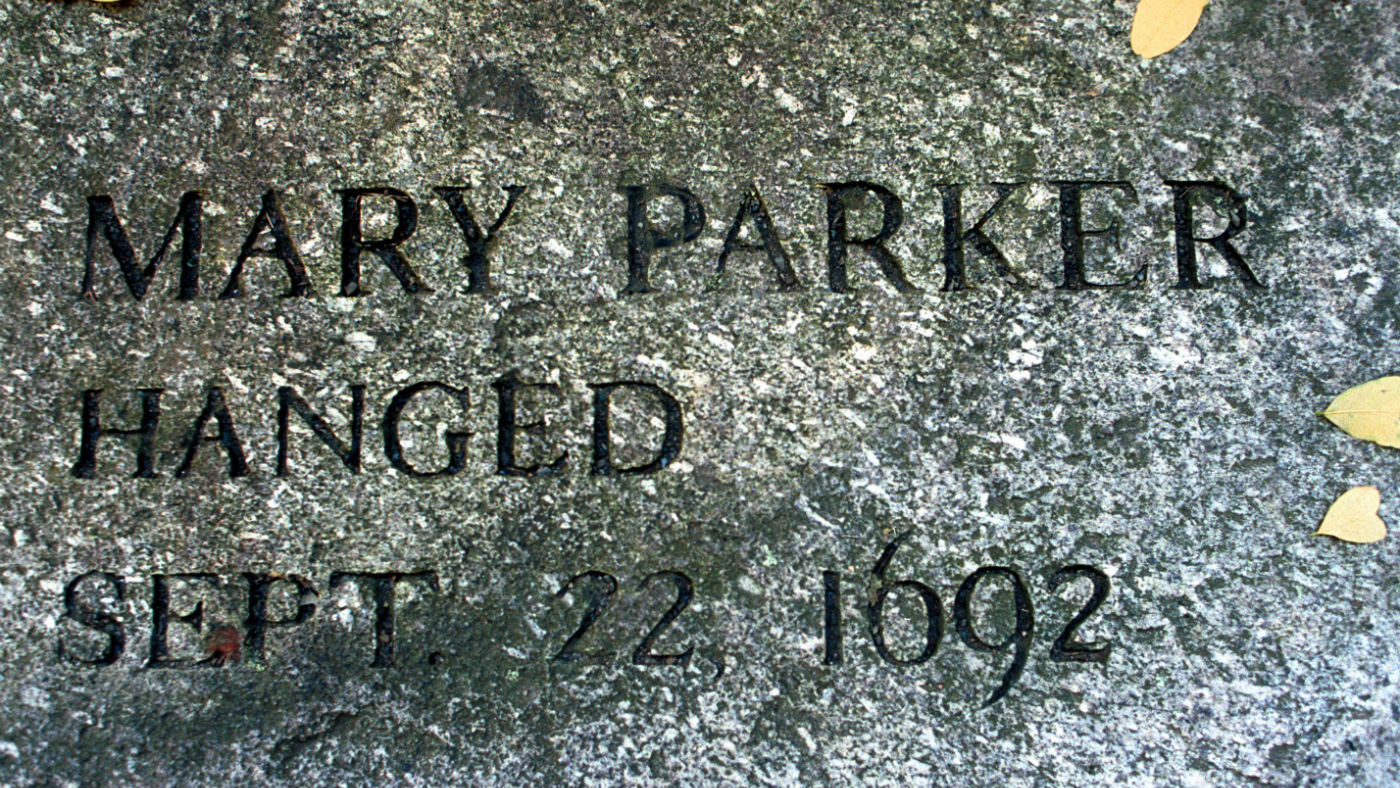
US President Donald Trump lashed out on Twitter yesterday, claiming that his administration was being subjected to the "greatest witch hunt in American political history".
Trump was deriding what he called the "Russians story", which refers to the congressional investigations into whether his campaign colluded with Russia in the run-up to last year's election. Last week former FBI director James Comey gave testimony to the Senate about the matter.
But Trump was mocked for the comparison.
The Week
Escape your echo chamber. Get the facts behind the news, plus analysis from multiple perspectives.

Sign up for The Week's Free Newsletters
From our morning news briefing to a weekly Good News Newsletter, get the best of The Week delivered directly to your inbox.
From our morning news briefing to a weekly Good News Newsletter, get the best of The Week delivered directly to your inbox.
"I have family ancestors from the Boston area and I think the Salem witch hunt has to be the greatest witch hunt in American history," Democrat senator Chris Coons told CNN.
Twitter reacted swiftly:
But is there anything to Trump's comparison?
What were the Salem witch trials?
A free daily email with the biggest news stories of the day – and the best features from TheWeek.com
They were a series of trials of supposed "witches" in Salem Village in colonial Massachusetts that began in the summer of 1692. By the time they came to an end the following year, twenty people had been executed and over 200 people accused.
How did they start?
During the exceptionally cold winter of 1692, the daughter of the village minister became strangely ill. She contorted in pain, complained of fever and threw herself around. A further eight girls began to show the same symptoms. A doctor couldn't find anything wrong with them and suggested they might be bewitched. This was how whispers of devilry began.
The situation accelerated as the nine girls apparently learnt to play up to local suspicions. They reported seeing "witches flying through the winter mist" and pretended to be struck dumb. They accused three people of witchcraft: an Indian slave named Tituba, a beggar called Sarah Good and a woman named Sarah Osborne who hadn't attended church for years due to a long illness. By March several others, including Good's four-year-old daughter, had joined the accused.
How did it all escalate?
At the time, it was commonly believed that the devil would grant witches powers in return for harming others to prove their loyalty. The young girls' behaviour inspired growing hysteria in an area already made nervous by war and changing economic conditions. Villagers declared cheese and butter had mysteriously gone off, or that misshapen animals had been born after visits by one or other of the suspects.
The jails filled up and suspects began to confess, desperately trying to avoid the gallows. On March 1, Tituba said she, Good and Osborne had spoken to Satan and agreed to do his bidding. Later, Deliverance Hobbs, arrested in April, said she had flown on a pole to a witches' Sabbath in an open field. Others confessed to partnering with other "witches", implicating more people.
By the end of April, some 28 people had been accused – mostly women, but also men. Those who scoffed at the idea of witchcraft often found themselves among the accused, such as John Proctor. He, his children, his pregnant wife Elizabeth and his sister-in-law all found themselves imprisoned.
In May, over 30 more people were arrested (two managed to evade capture). The hysteria spread to the neighbouring towns – many people there were brought to Salem for trial. Soon there were more than 200 accused, kept in dungeons and chained to the walls to prevent their spirits fleeing.
What did the authorities do?
That May, Governor William Phips set up a special court to deal with the swollen jails and public panic. The Court of Oyer and Terminer (or to "hear and determine") was an English model established specifically to hear extraordinary and serious cases. It was overseen by eight judges, one of whom resigned and was replaced.
A witch hunter named William Stoughton was appointed Chief Justice, and agreed to admit "spectral evidence" – i.e. testimony from people who claimed they had been visited by dreams and visions. Other evidence included moles or blemishes on the accused – said to be "witch's teats" – where a witch might suckle her familiars – and possession of ointments or books on the occult.
What were the verdicts?
The court decided whether or not to indict the accused. If they were indicted, they were denied a lawyer and had to decide to plead guilty or not guilty without any legal counsel.
Bridget Bishop was first to be tried. Five of the nine girls said she had tried to make them sign a pact with the devil. "I am as innocent as the child unborn," Bishop said. But she was convicted and hanged on June 10, 1692.
Nineteen people in all were hanged, and one man in his eighties, Giles Corey, was executed even more cruelly. Heavy stones were placed upon him and it took three days for him to die.
Are there modern-day explanations?
Yes. Modern theories suggest the nine girls were suffering from a disease brought on by eating rye infected with fungus. Others say it was epilepsy, boredom or plain teenage angst.
The political conditions of the time also created a breeding ground for fear. There was an Indian war raging less than 70 miles away, and there had been an influx of refugees from that and from those trying to escape King William III's war with France in Canada and upstate New York. All of this created an atmosphere of uncertainty and social upheaval.
How did the witch trials end?
From July the public bloodlust began to abate. This was partly because of the executions of popular members of the community, not just social outcasts, namely Rebecca Nurse and Salem's ex-minister, Reverend George Burroughs.
Nurse was initially found not guilty, but on hearing the verdict the young accusers began having fits in the courtroom. A week later the jury changed their minds and convicted her. Burroughs, meanwhile, protested his innocence all the way to the gallows and recited the Lord's Prayer perfectly, something witches were thought to be incapable of doing. The public grew uneasy.
On September 22 eight people were hanged – the last Salem executions. By the end of the month, spectral evidence was declared inadequate; on October 29 the court was dismissed.
A new court was set up and the 52 remaining suspects were tried the following year. Most of them were found not guilty or released due to lack of evidence. The guilty ones were pardoned by the Governor.
What about the aftermath?
Understandably, the fear, violence and ensuing grief wrecked the community. Not only that but the focus on hunting witches had been such that farming and infrastructure had been neglected. There were droughts and outbreaks of smallpox. By 1697, a Day of Official Humiliation was announced; later, some of the accusers apologised for their roles. In 1711 many of the victims' names were cleared and restitution was paid to their families. On October 31, 2001, Massachusetts finally cleared the last of the victims' names.
-
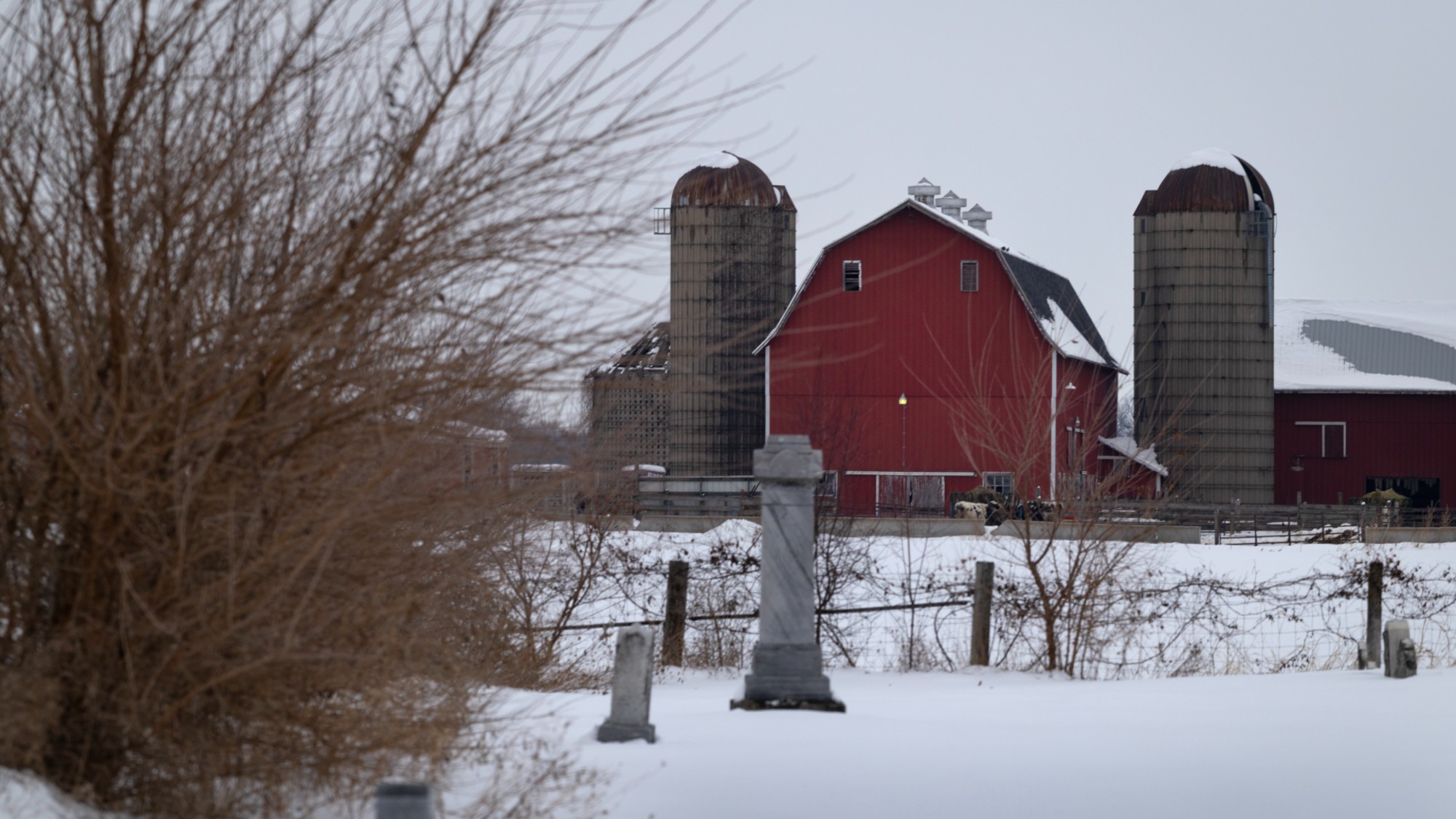 Will Trump’s $12 billion bailout solve the farm crisis?
Will Trump’s $12 billion bailout solve the farm crisis?Today’s Big Question Agriculture sector says it wants trade, not aid
-
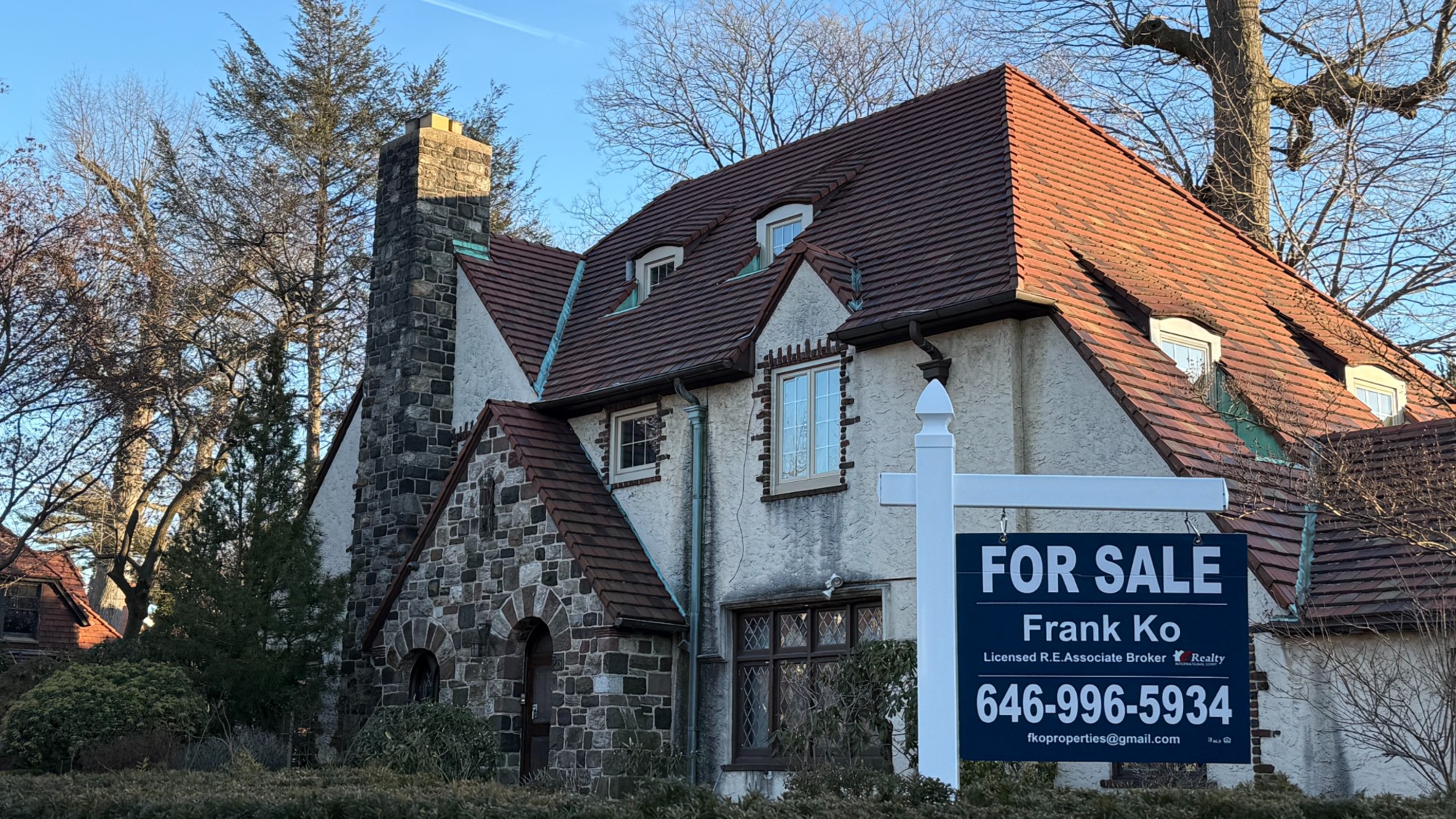 ‘City leaders must recognize its residents as part of its lifeblood’
‘City leaders must recognize its residents as part of its lifeblood’Instant Opinion Opinion, comment and editorials of the day
-
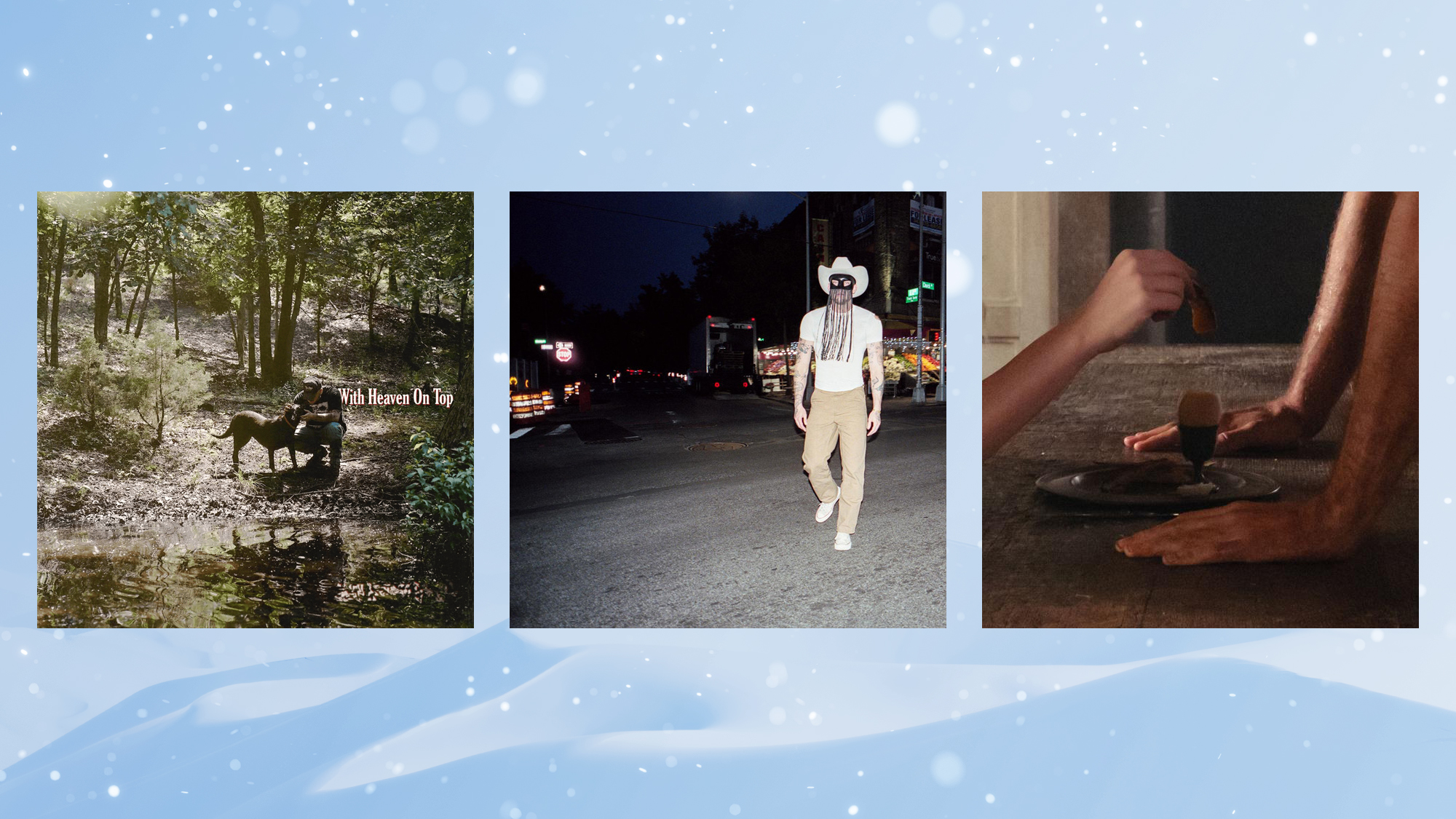 10 upcoming albums to stream during the winter chill
10 upcoming albums to stream during the winter chillThe Week Recommends As the calendar turns to 2026, check out some new music from your favorite artists
-
 Pakistan: Trump’s ‘favourite field marshal’ takes charge
Pakistan: Trump’s ‘favourite field marshal’ takes chargeIn the Spotlight Asim Munir’s control over all three branches of Pakistan’s military gives him ‘sweeping powers’ – and almost unlimited freedom to use them
-
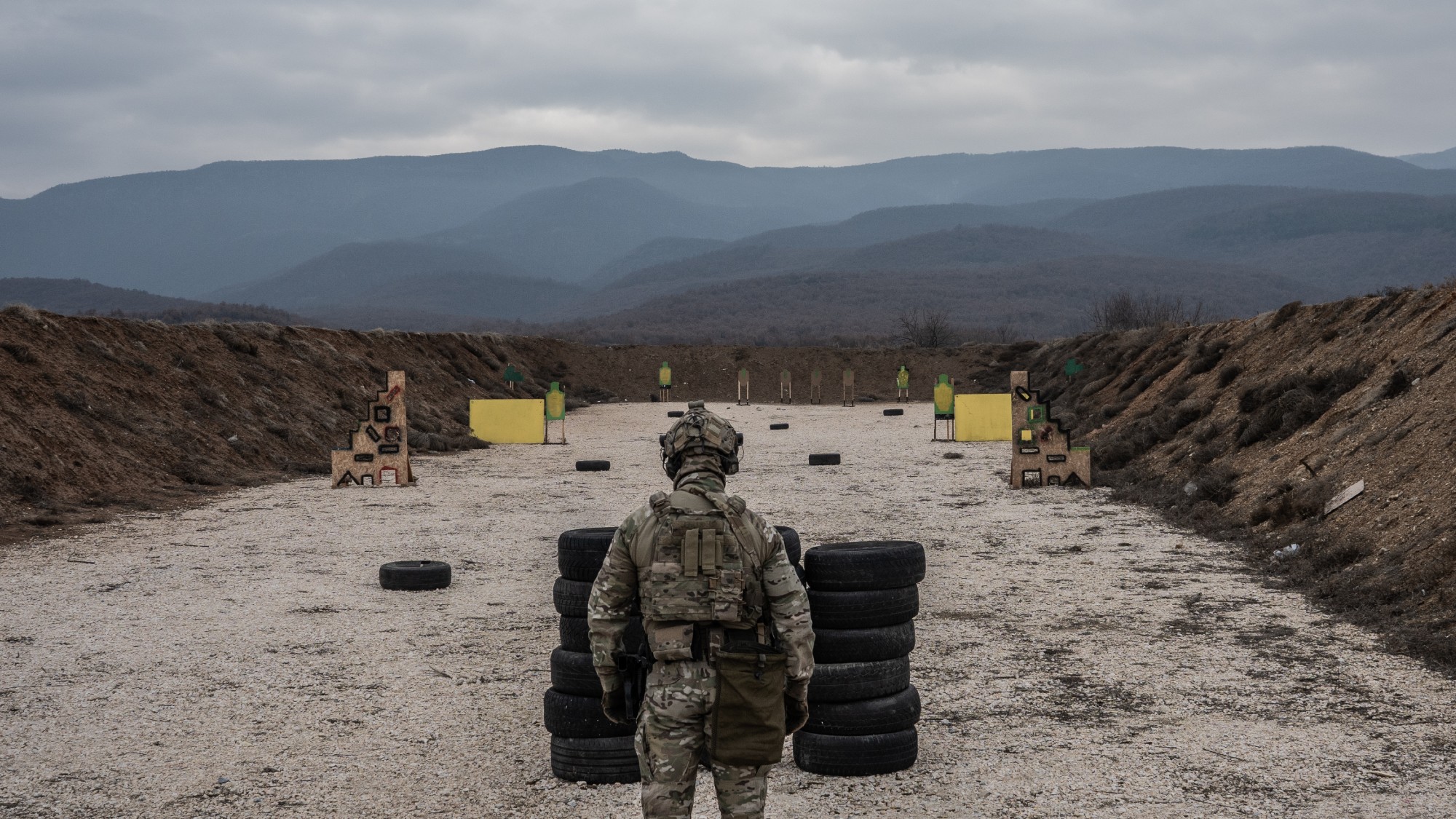 Is Europe finally taking the war to Russia?
Is Europe finally taking the war to Russia?Today's Big Question As Moscow’s drone buzzes and cyberattacks increase, European leaders are taking a more openly aggressive stance
-
 Pushing for peace: is Trump appeasing Moscow?
Pushing for peace: is Trump appeasing Moscow?In Depth European leaders succeeded in bringing themselves in from the cold and softening Moscow’s terms, but Kyiv still faces an unenviable choice
-
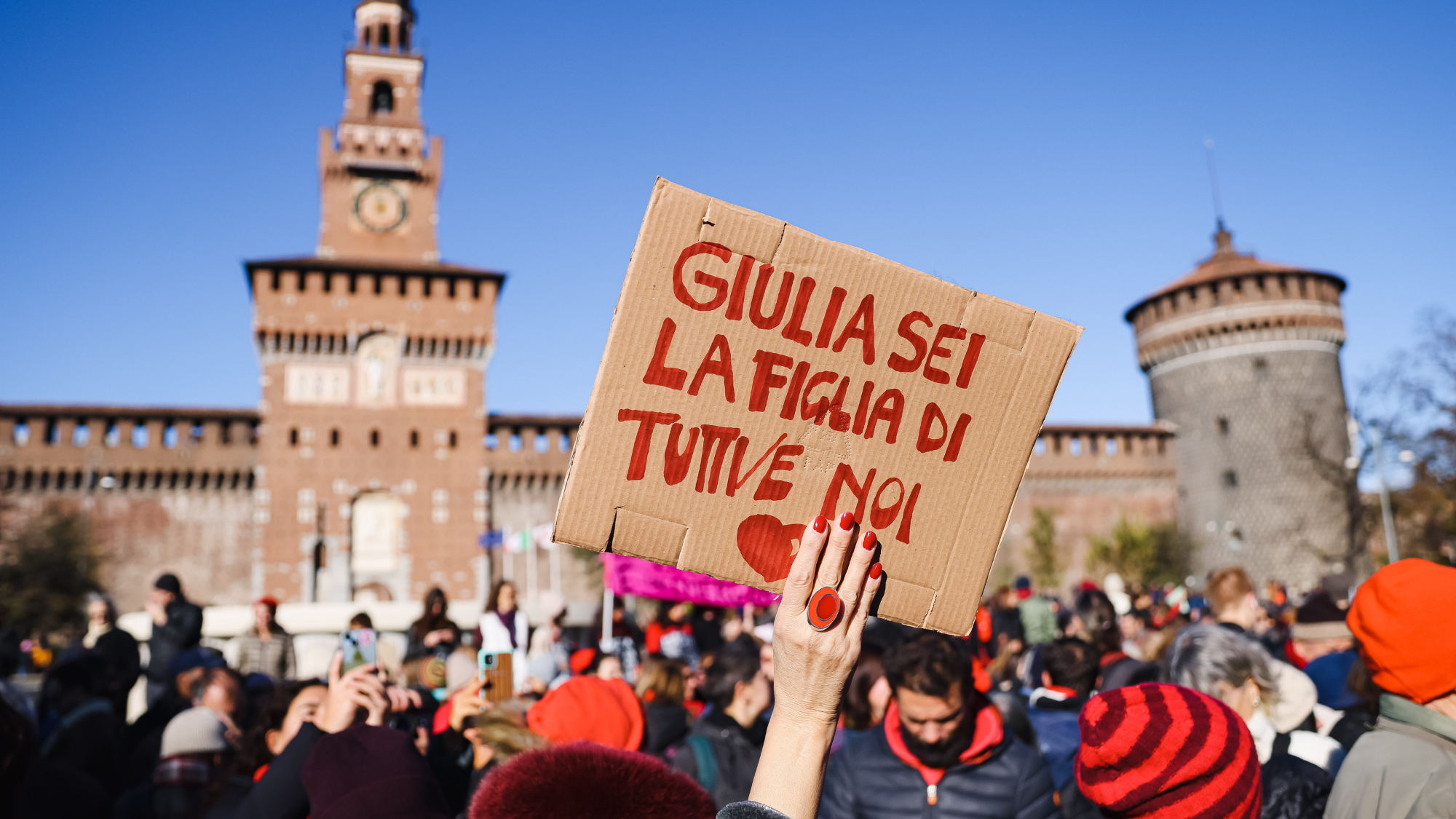 Femicide: Italy’s newest crime
Femicide: Italy’s newest crimeThe Explainer Landmark law to criminalise murder of a woman as an ‘act of hatred’ or ‘subjugation’ but critics say Italy is still deeply patriarchal
-
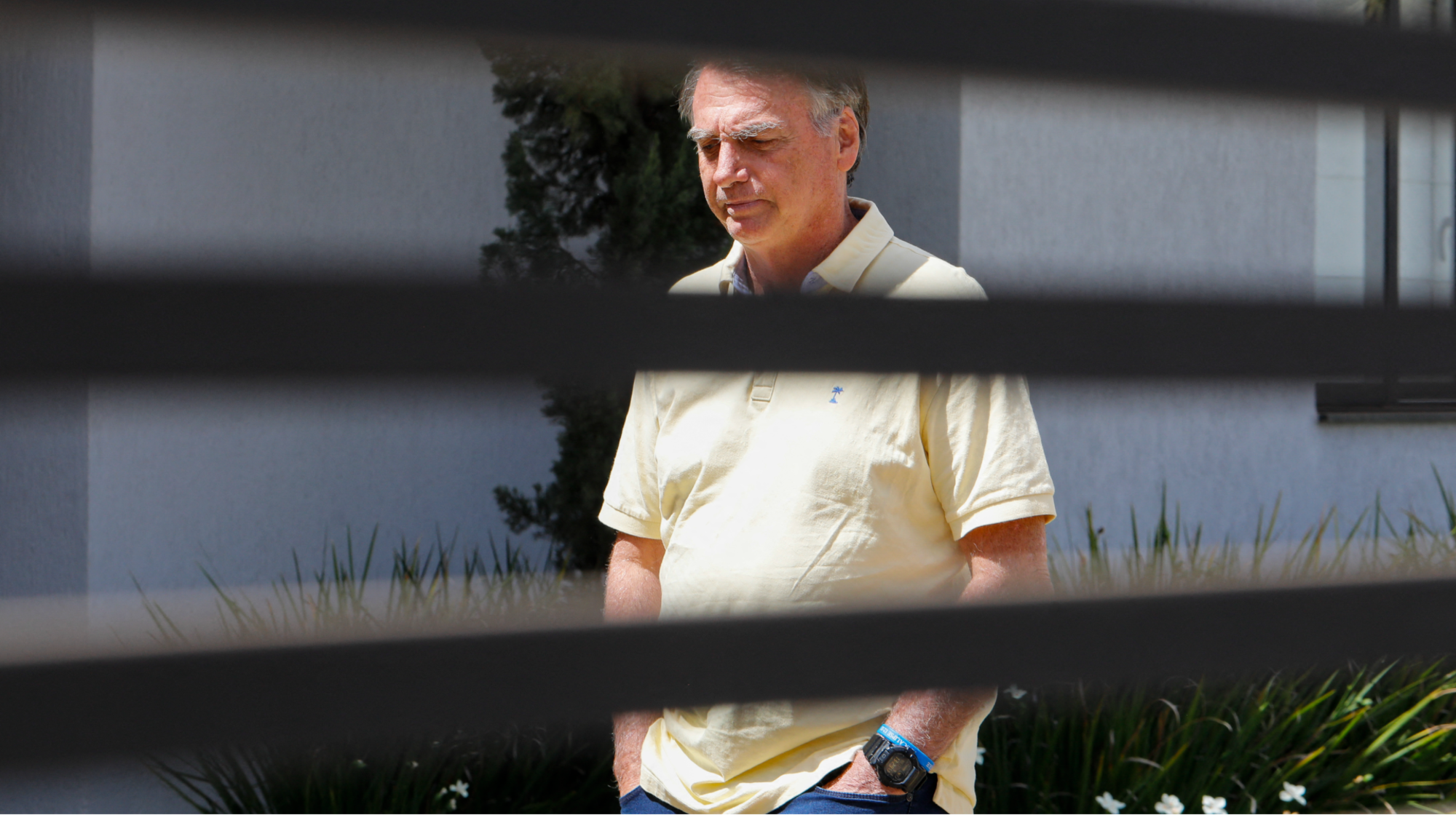 Brazil’s Bolsonaro behind bars after appeals run out
Brazil’s Bolsonaro behind bars after appeals run outSpeed Read He will serve 27 years in prison
-
 South Africa wraps up G20 summit boycotted by US
South Africa wraps up G20 summit boycotted by USSpeed Read Trump has been sparring with South Africa in recent months
-
 Trump pushes new Ukraine peace plan
Trump pushes new Ukraine peace planSpeed Read It involves a 28-point plan to end the war
-
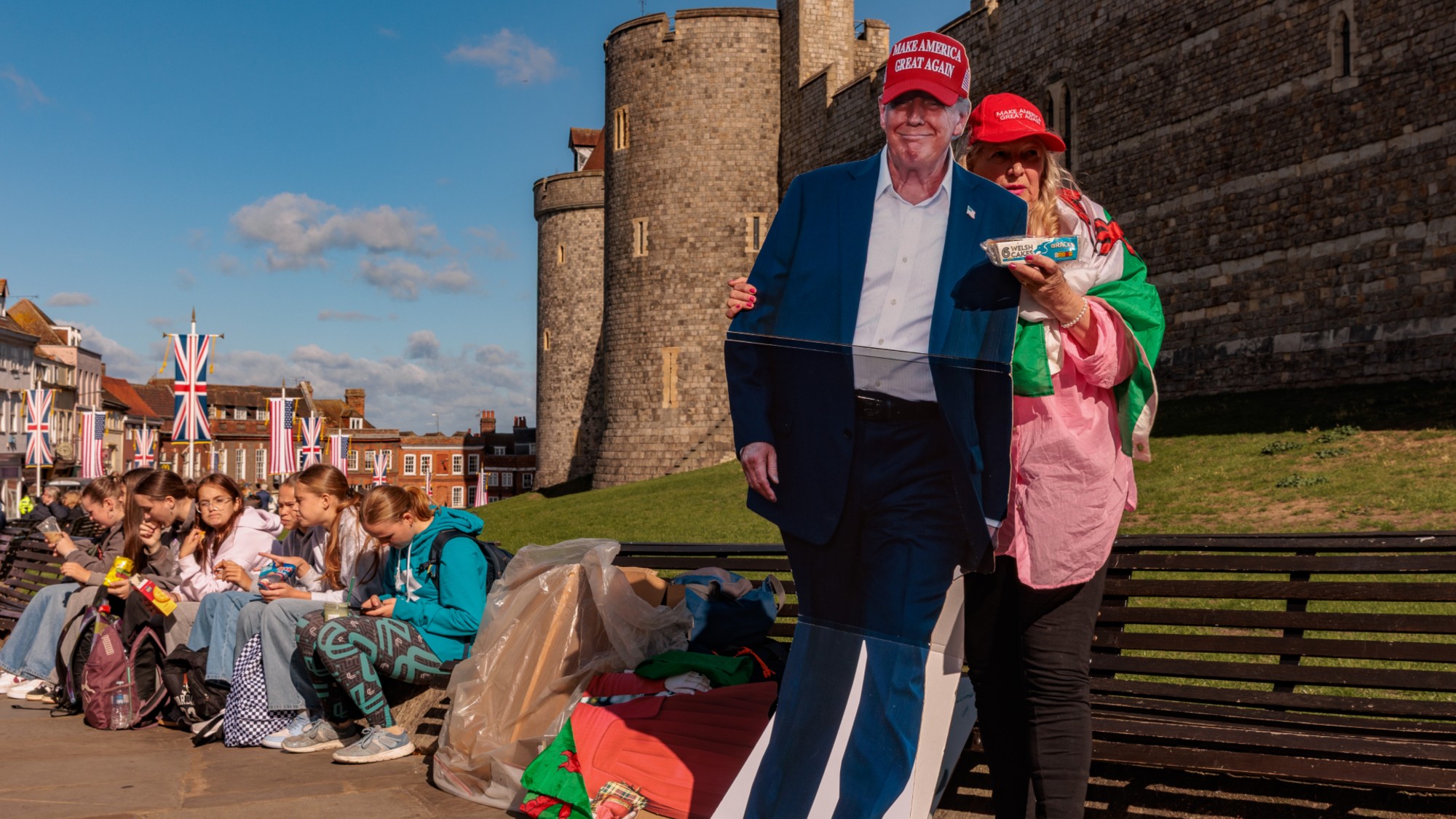 Americans traveling abroad face renewed criticism in the Trump era
Americans traveling abroad face renewed criticism in the Trump eraThe Explainer Some of Trump’s behavior has Americans being questioned